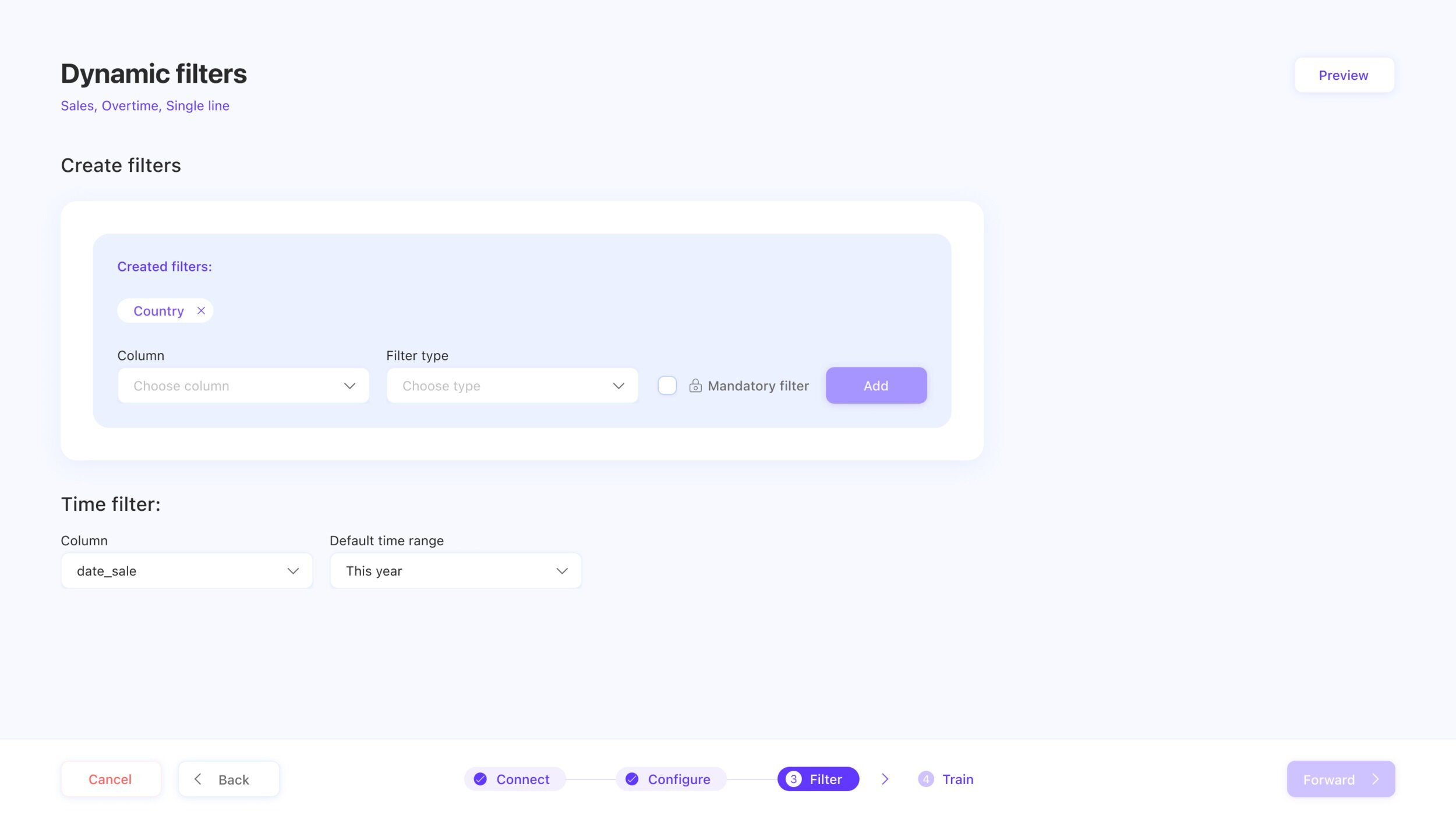Scalability through a Project management platform
Scalability - a buzz word that infiltrates our work jargon. How to scale is the big question. In order to reach big goals, you have to break down your product and understand how individual areas can be scaled to empower real change.
This is what we set out to do. The product, crystal provides a seamless way to get insights from your business data through a natural conversation. But it was not as simple as connecting your data and boom you can start getting insights. There is some a lot of work that goes on behind the scenes to build the data models and conversation.
The opportunity
We realised that what big teams of people were doing on a daily basis, creating ad hoc projects “by hand”, could be scaled by creating a new product area that sets up the advisor experience. The challenge was to make an area that covers a potentially very complex set up, approachable and connected to the product core, the advisor experience.
We set out to empower the user, putting their needs at the very center and in exchange empower the product and set the foundation for its scalability.
Balance needs & constraints
How did we do it? I believe that a healthy product design is a balance between needs and constraints. So we started off looking at these main principles, establishing what they were at every point of the creative journey because they risk to change and become more specific as you move forward. Charles and Ray Eames addressed this topic in an interview about design in 1972.
“...Here is one of the few effective keys to the Design problem: the ability of the Designer to recognize as many of the constraints as possible; his willingness and enthusiasm for working within these constraints. Constraints of price, of size, of strength, of balance, of surface, of time, and so forth. Each problem has its own peculiar list.”
- Charles & Ray Eames
Collaborative Design
After honing in on these primary factors, my design team starting researching, sketching and erasing and doing it all over again. What we realised is that there were other crucial designers missing from the room. Just because they didn’t have the word “Design” in their job title, they were a fundamental part of understanding the experience. We started having deep discussions with various stakeholders across the company, making them part of the process. Together we shifted the focus to defining the problem far before arriving to solid solutions.
These deep knowledge sharing moments, iterative internal and external user tests and interviews allowed us to navigate between validated needs and constraints.








Refelctions.
Baby steps
Break features down into small iterative changes.
Designers can’t design alone
Make sure there are other experts helping you design.
Clear outcomes
Set up for success with a clear sense of outcomes from the beginning.